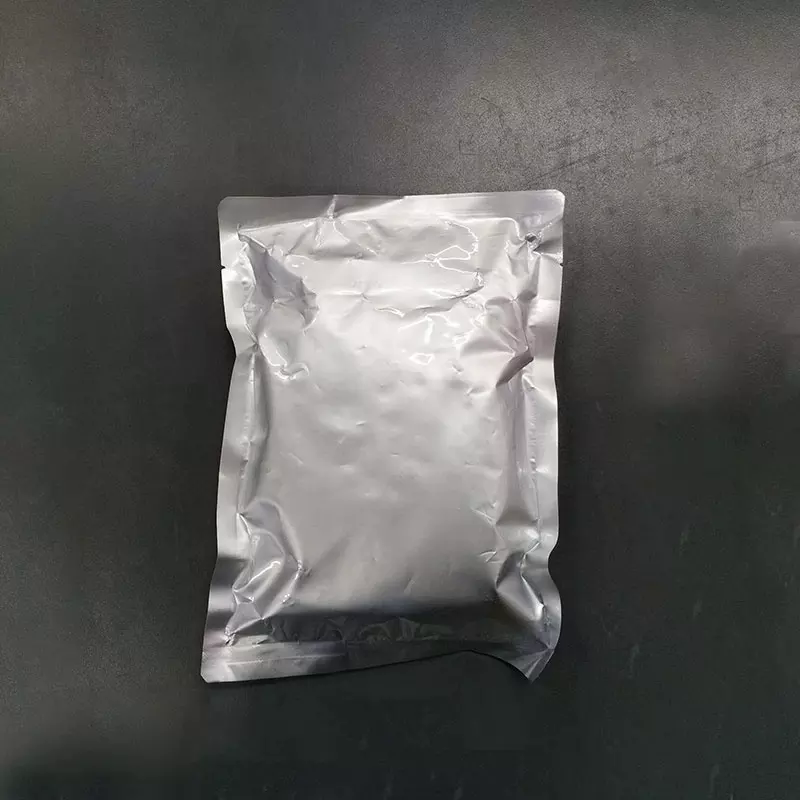EC 3.5.1.11
Synonym(s):Penicillin Acylase;Penicillin Amidohydrolase
- CAS NO.:9014-06-6
- Molecular Weight: 0
- MDL number: MFCD00147869
- EINECS: 232-753-8
- Update Date: 2025-01-27 09:38:02
What is EC 3.5.1.11?
The Uses of EC 3.5.1.11
Penicillin amidase was used to study its effect in release of fatty acid and HSL (homoserine lactone) from AHLs (N -acylhomoserine lactones) in degradation of antibiotics. It was used as positive control for assaying penicillin G acylase activity in the study of functional analysis of bile salt hydrolase and penicillin acylase family members in Lactobacillus sp. Penicillin amidase may be used for synthesis of 6-aminopenicillanic acid from penicillin-G and for the industrial production of β-lactam antibiotics.
General Description
Penicillin amidase is a periplasmic 80K heterodimer with A and B chains (209 and 566 amino acids, respectively). It is widely distributed among microorganisms, including bacteria, yeast and filamentous fungi. Among all the sources, the enzyme produced by E. coli is most well-characterized and common for industrial application.
Biochem/physiol Actions
The biosynthesis of Penicillin amidase in E. coli by hydrophobic protein chromatography is an inducible reaction which is regulated by metabolized carbon source (e.g. polyols, carboxylic acid etc.). It is also influenced by catabolite repression. It catalyzes the formation of amide bonds through an acyl-enzyme intermediate.
Properties of EC 3.5.1.11
| Density | 1.37[at 20℃] |
| vapor pressure | 0Pa at 25℃ |
| storage temp. | 2-8°C |
| form | lyophilized powder |
| color | White to light brown |
Safety information for EC 3.5.1.11
Computed Descriptors for EC 3.5.1.11
EC 3.5.1.11 manufacturer
New Products
Mercury(II) nitrate monohydrate, 98% 2-Chloro-5-nitrobenzoic acid, 98% 2-Benzylpyridine 2-Amino-2-methyl-1-propanol, 93% 3-Benzyloxybenzyl Alcohol Aluminum potassium sulfate dodecahydrate 2-Chloro Acetophenone Methyl-2-Methoxy-5-Sulfamoyl Benzoate Orthochlorobenzaldehyde (2-Chlorobenzaldehyde) Pyrrolidine Para Chloro Toluene (PCT) Diiodo Pentoxide 1-(Sulfamoylamino)Propane 1-phenyl-1,2,3,4-tetrahydroisoquinoline 2-amino benzyl alcohol 3,5-benzyloxy Acetophenone Veratric acid Pyridine-2-carboxaldehydeRelated products of tetrahydrofuran








You may like
-
 9014-06-6 Penicillin amidase 99%View Details
9014-06-6 Penicillin amidase 99%View Details
9014-06-6 -
 9014-06-6 98%View Details
9014-06-6 98%View Details
9014-06-6 -
 Penicillin Amidase from Escherichia coli CAS 9014-06-6View Details
Penicillin Amidase from Escherichia coli CAS 9014-06-6View Details
9014-06-6 -
 552-89-6 98%View Details
552-89-6 98%View Details
552-89-6 -
 4-Dimethylamine Pyridine 98%View Details
4-Dimethylamine Pyridine 98%View Details
1122-58-3 -
 2-Picolylamine (2-Aminomethylpyridine) 3731-51-9 98%View Details
2-Picolylamine (2-Aminomethylpyridine) 3731-51-9 98%View Details
3731-51-9 -
 2-Venylpyridine 202-879-8 98%View Details
2-Venylpyridine 202-879-8 98%View Details
202-879-8 -
 609-15-4 Ethyl-2-Chloroacetoacetate 98%View Details
609-15-4 Ethyl-2-Chloroacetoacetate 98%View Details
609-15-4